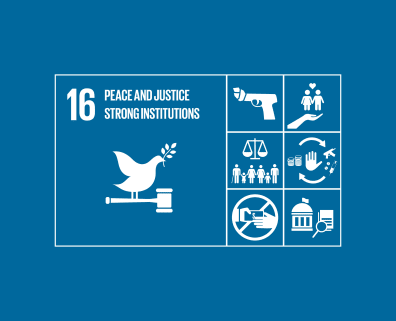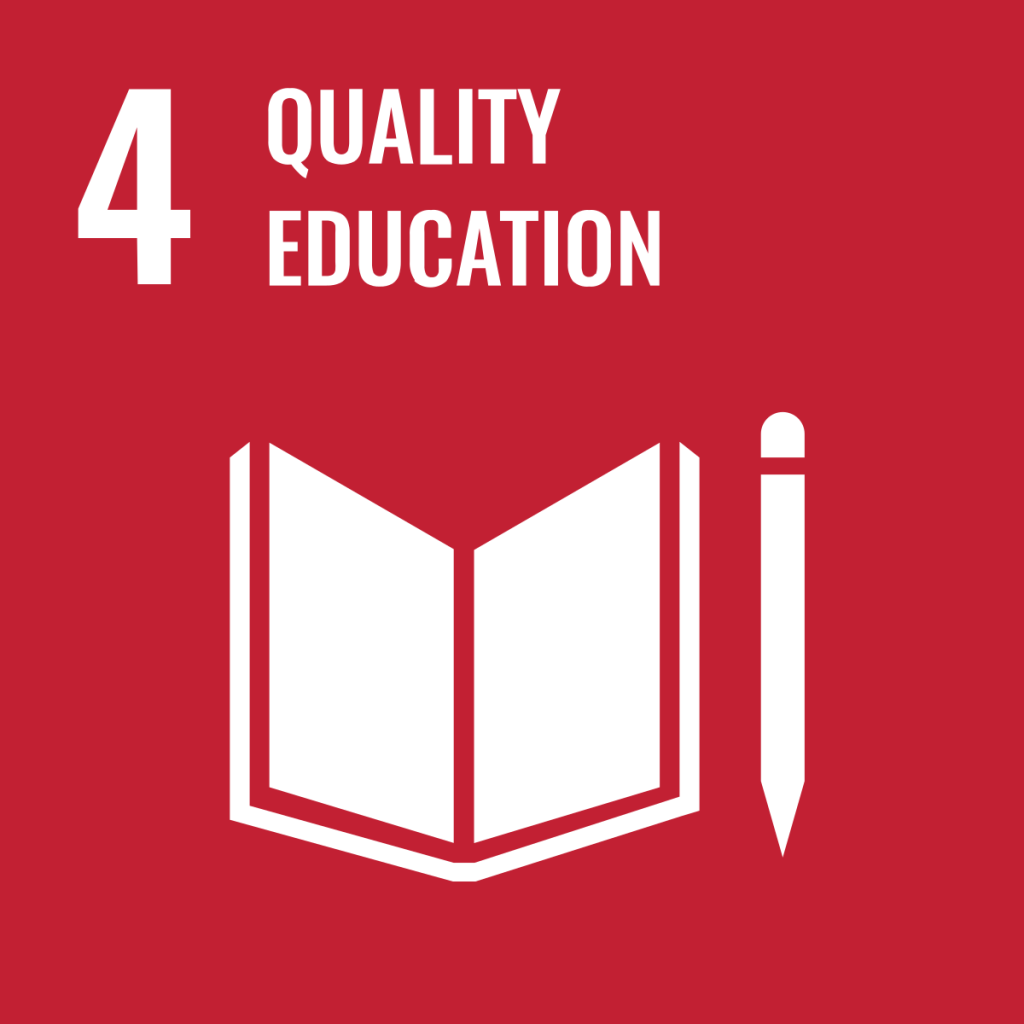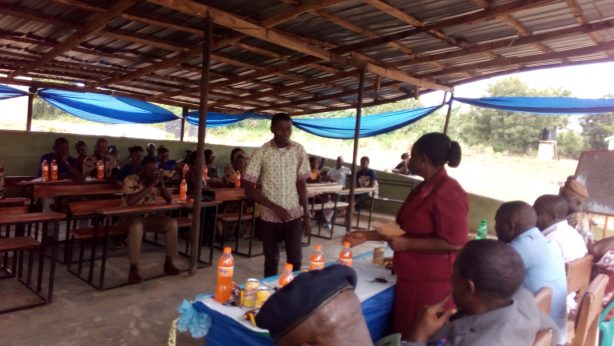LEARNING FOR PEACE
On Wednesday, 24th January, we celebrated the international day of education. In this article, we explore the theme of the 2024 international Day of Education. Enjoy the read.
By Daramola.E.Oyindamola
Mahatma Gandhi once stated, “If we are to reach real peace in this world, we shall have to begin with children. Lasting peace may depend on educating future generations into the competencies, perspectives, attitudes, values and behavioural patterns that will enable them build and maintain peace.
To Understand how to achieve peace through learning, we must first define the nature Of Peace and that of Learning followed by the ways by which Peace can be achieved through Learning/Education.

WHAT IS PEACE?
The word Peace is derived from the Latin ‘pax’ . Peace in the Roman Empire mean a cessation in Fighting as well as rule over subject races.
This definition describes peace in Terms of what it is not, rather than what it is. Peace is not merely the absence of overt violence, it also encompasses the presence of social, economic and political justice.
Like Martin Luther King Jr. Said, Peace is not just the absence of conflict but also the presence of Justice. It is also a human disposition including personal and social orientation to secure freedom from distress and to Foster the capacity to act, predicated on a fundamental recognition of freedom and dignity of all people.


WHAT IS LEARNING ABOUT?
Learning is a continuous process which starts right from the time of birth of an individual and continues till the day of death. We are all engaged in the learning endeavours in order to develop our adaptive capabilities as per the requirement of a changing environment.
According to E.A Peel, Learning can be described as a change in the individual which takes place as a result of environmental Change.
H.J Klausmeir described Learning as a process which leads to some behavioural change as a result of some experience, training, observation, activity. etc.
In essence, Learning is the process that leads to change, which occurs as a result of experience and increases the potential for improved performance.
The world seems much smaller and almost instantly, global issues are becoming local and the need to Learn for peace becomes a necessity to build and maintain peace amongst students, families, friends, co workers, Neighbours and the society at large.
Peace Education/ Learning for the sake of Peace often Includes an appreciation for diversity and culture within the broad context of non violence analysis and resolution.Learning for the sake of Peace also includes tolerance of a fellow brother/sister irrespective of their tribe, background , skin colour, language and ideology. There is no magical approach to Having peace In the society, it will only evolve and grow through practice.

Peace can only begin to evolve and grow through:
• Having Inner peace as an individual ( qui cera cera).
• Creating a supportive work environment, school and classroom environment.
• Adding to the extracurricular activities of the schools Peace and Tolerance talks.
• Organizing Peace and tolerance development outreaches to communities, market places, Churches.
• Advocating for Peace on every social media platform.
•The need to respect one another’s ideology and be diplomatic in certain approaches.
•The need to enforce strict laws and regulations against hate speech.
In conclusion, All humans are social animals, hence, their success in life is largely a matter of successful social relations. The use of Learning for the sake of lasting peace teaches the students, empowers the people on the competencies needed to build and maintain consensual peace amongst themselves.
The personal experiences resulting from learning together with diverse peers to achieve mutual goals, making informed decisions on the basis of open minded discussion of each other’s perspectives and views and seeking integrative agreements to resolve conflicts results in a personal understanding of the meaningful and relevance of Peace and justice and defines a way of life.

